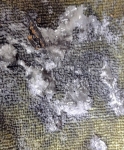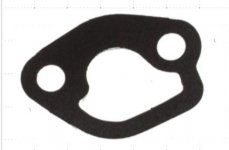exchaoordo
Member
Symptoms: 1/16th+ of sludge inside the cover. Passenger side (which had a clean PCV on, though no idea what went before) much worse than drivers (with a breather). No valve noise, good compression. Under the black stuff is gray stuff (see pic). Looks like "liquidy"/melted RTV. Does that tell me anything? Exhaust spits oil too. Related?
I've driven the car only maybe 30 miles since I got it in mid-August.

(Forum replies from similar questions include: Marvel Mystery Oil, Sea Foam, Gunsmith Brushes, Detergent gasoline, none of which gives me confidence.)
I've driven the car only maybe 30 miles since I got it in mid-August.

(Forum replies from similar questions include: Marvel Mystery Oil, Sea Foam, Gunsmith Brushes, Detergent gasoline, none of which gives me confidence.)



